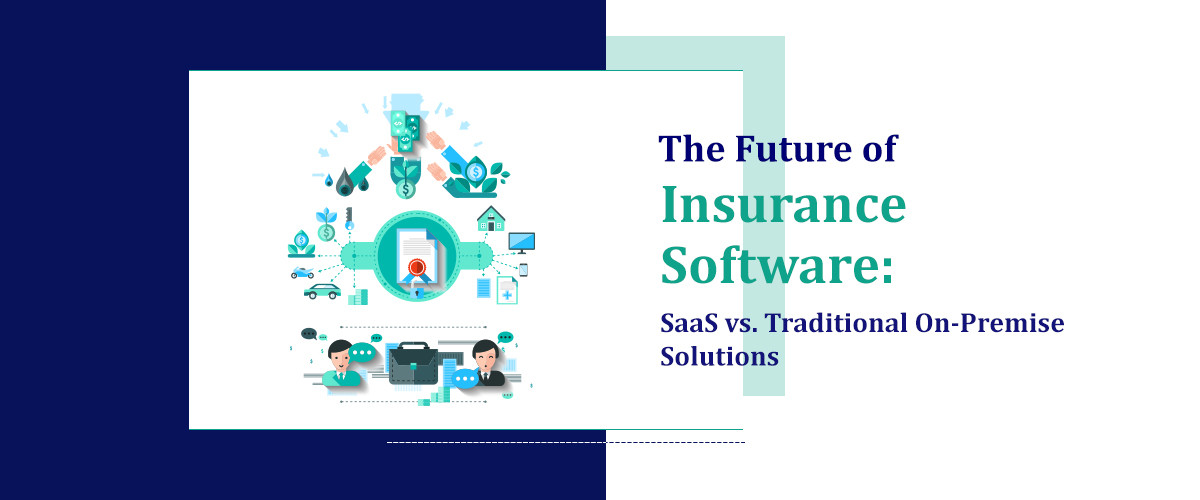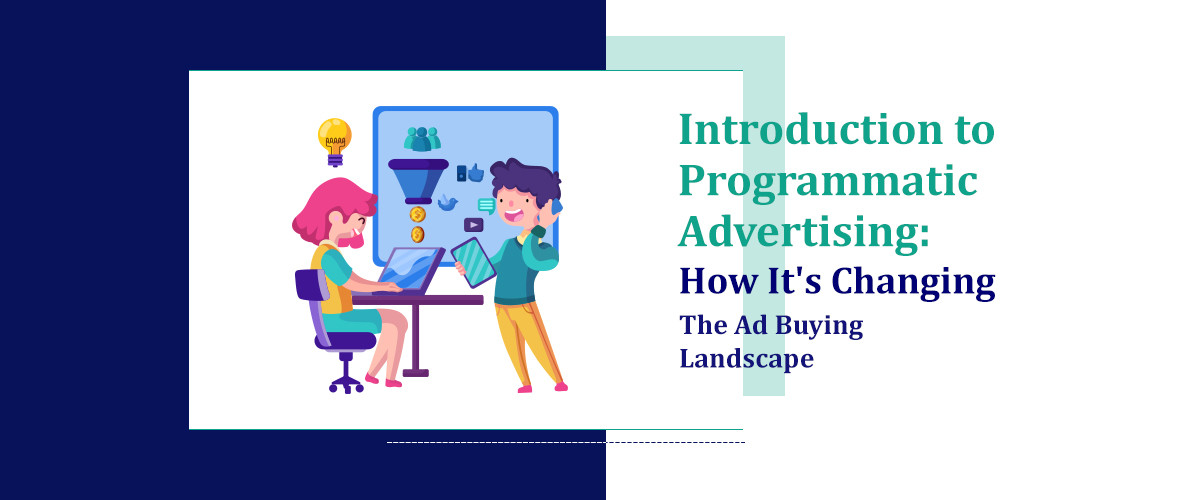What we'll cover
There is always room for expansion and efficiency improvement in a business landscape. It is affected mainly by the IT framework and structural bonds that shape a business and help it grow. In this changing digital world, it is imperative to follow the path of digitization and embrace automation, AI, ML, and other advancements that help enhance services. Manual and repetitive operations can be streamlined with automation and other IT changes that can help save time and labor.
It is evolving rapidly, as several aspects are affected when IT is developed. By using thoroughly refined strategies and in-premise or off-premise solutions, a business such as the insurance sector can switch to what suits their customer services and provide a dependable solution. Through automation and digitization, SaaS cannot be forgotten. It means software as a service, which can benefit organizations in many ways compared to the outdated traditional ways of using physical servers. There are many SaaS options for insurance companies, which give multiple benefits and help with personalized products and services.
The insurance sector can put this IT solution and on-premise solutions to real-time usage to avail of the benefits of P&C insurance software, insurance claim management software, CRM software, and more. These are designed to provide efficiency in management and stabilize the claims process right from the first step.
SaaS vs. on-premise solutions
There is a significant distinction between on-premise and off-premise solutions. This variance comes from the fact that cloud-based solutions are managed outside of the cloud by third parties. On-premise is solely based on the in-house IT team and their technical capabilities. With in-house servers and software maintenance, the company can manipulate the backend as needed, but this is not the case for cloud solutions, as they can be accessed from anywhere remotely without any hindrance.
-
Approach and integration
A business can easily implement and integrate a software solution, or SaaS, as it is available 24 hours a day via the Internet. The services are usually uninterrupted, which saves excessive storage space and time. In the case of an on-premise solution, the business will need the necessary hardware and software, servers, and other IT management applications that can help the business operate freely.
-
Expenses
SaaS can be used with a low budget and is available as per requirements. The business can spend its capital in a flexible way as there are various pricing plans for different solutions for business needs. On the other hand, an on-premise setup can cost more as it will require regular maintenance and considerable human resources, plus upgrades.
-
Customization and scaling
It is a simple and quite easy process to customize or scale SaaS solutions, as they are provided by different vendors and can be changed as per usage or contract. The business can benefit from its features and updated options that are more flexible in nature. In the case of in-house software, the business cannot abruptly scale or customize it as it will require technical intervention and other data processing. The data should be stored in such a way that it can be backed up anytime in case of failure.
-
Support and upgrades
SaaS solutions are managed by third parties who keep up with the latest trends and offer ready-to-use products. They are responsible for upgrading, updating, and fixing any bugs that might cause a risk later on. On-premise software is dependable solely on the company and can slow down operations in the event of any bugs or errors. Disaster recovery is harder for on-premise solutions than for cloud servers. The business can face more responsibility and planning aspects but have full control over each operation.
-
Safety and recovery
When considering safety and security for business data, it is always at risk from malpractice and cybercrime until the solution is highly encrypted and always updated with high-end security features. SaaS can be a good option for a low budget as they have better security and backup for stored data as per their terms and conditions. In-house solutions are costlier when it comes to security, as they have to act in compliance with various policies, enable firewalls, and get security system setup and patches done.
Conclusion
The scale of a business affects its choices, as most businesses nowadays want flexible opportunities that can enable them to provide ultimate customer satisfaction and lead generation. On-premises are helpful for large-scale insurance companies as they have a heavy requirement for storage and data handling. However, with efficient management and solutions, companies are taking further steps into cloud solutions.



.jpg)
